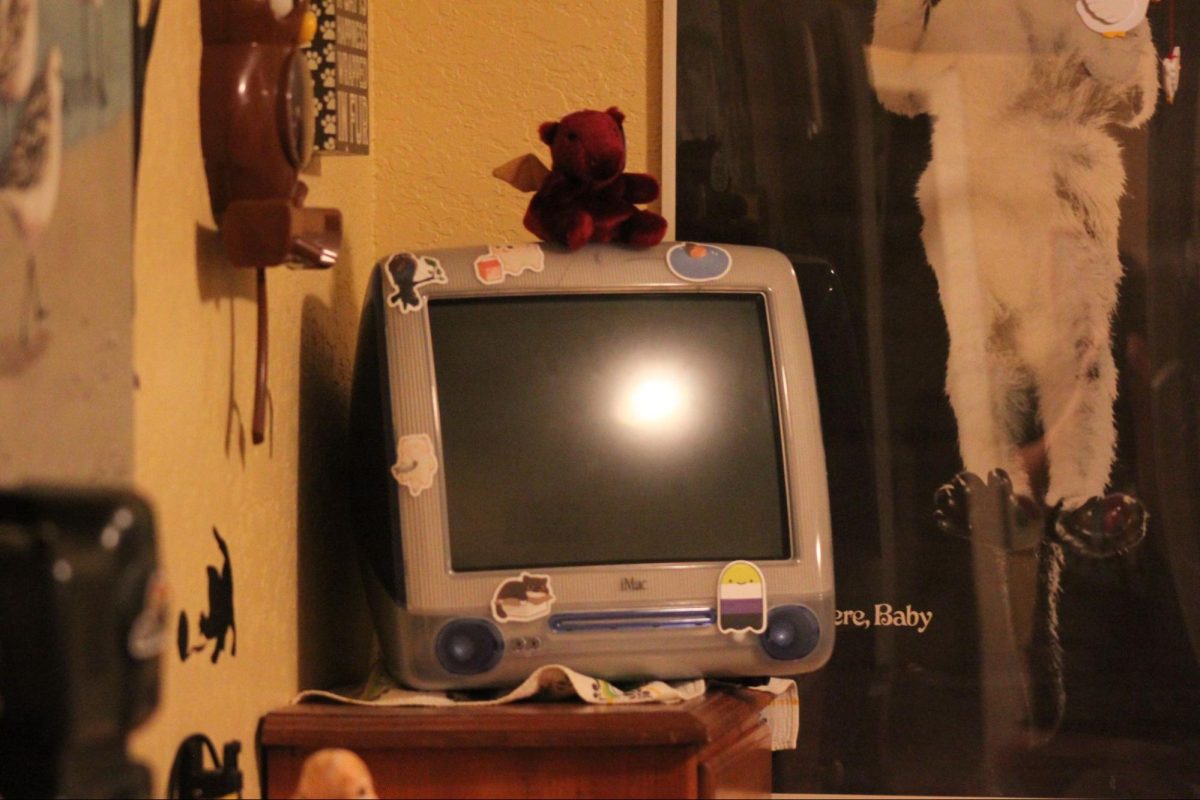The Pacific orca problem
Orcas in the Pacific and surrounding areas are facing extinction.
April 3, 2019
Killer whales living in the Pacific Northwest have suffered over the years from pollution, lack of food, and other ailments causing pod numbers to virtually disappear. “They are mammals and they stay in groups, it’s pretty similar to humans.” says Jaiden Childs (‘20) “That would be a sad species to go extinct.” Since 2015 as put by the Seattle AP, hardly any calves have grown into adults, but this year, one calf was born into a group of orcas called the Southern Residents where many calves have not survived long after birth. This one calf brought hope to its family.
According to Whale Museum, orcas have been an endangered species since 2005. Most of them have been starving as the Chinook salmon population, their main food source, has decreased, mostly due to other predators also targeting the salmon.
But losing prey is not their only threat. In the past up to today, killer whales have been hunted. In the 1970’s and 80’s, lots of whales were captured and put into amusement parks like SeaWorld which is also affecting the population.
More than any other marine mammals or sea creatures, orcas are greatly affected by pollution in the waters due to them eating different prey that has been contaminated. Spencer Haney’s (‘19) opinion is that “the killer whales are a prime example of how people are destroying the habitat that we live in.” Wastes and chemicals like lead, oil, and toxic wastes have been thrown into the waters where orcas are living. This is one of the biggest threats to the killer whale population.






